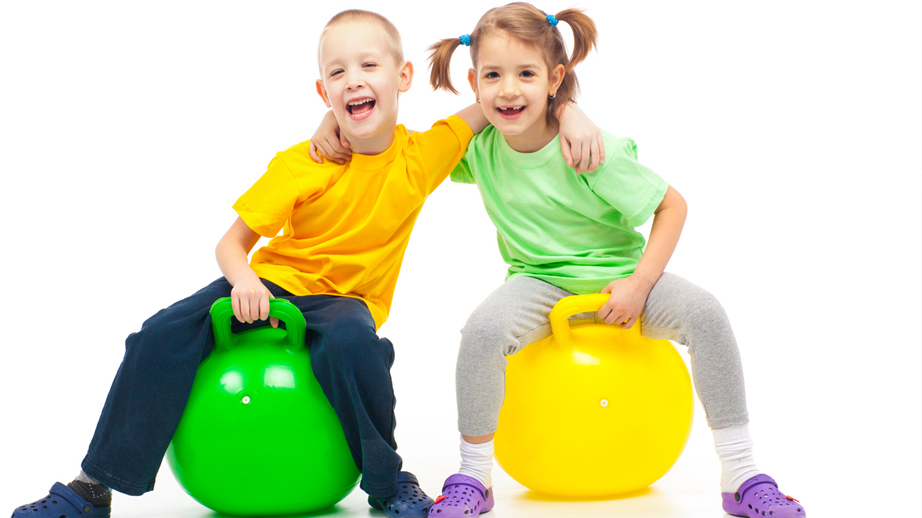Alternative seating: How does its novelty affect classroom behavior?

Teachers across the country employ a wide variety of classroom management techniques to keep students focused and academically productive during class. One of those techniques is the use of alternative seating, such as stability ball chairs. However, there is a lack of research about alternative seating within education.
Andrew Kwok, assistant professor in the Department of Teaching, Learning and Culture, sought to expand this area of research after seeing a teacher’s Facebook post. The teacher was trying out the use of stability ball chairs and standing desks to engage her students.
Through a small institutional grant, Kwok worked with an urban elementary school by purchasing stability ball chairs for each student in one classroom. His goal was to find out if the alternative seating would have an effect on student behavior.
“There are students that just need different types of stimuli in order to get them engaged. The traditional classroom doesn’t always work for them,” said Kwok. “They need other things to help them focus in the classroom and that could be simple things like a change in classroom furniture.”
Through a series of interviews and surveys, Kwok collected feedback both before and after the chairs were implemented. Not surprisingly to Kwok, the students were excited about the chairs and said it helped them stay focused.
The teacher’s feedback was mixed.
“She felt like the students could focus a little bit more, especially compared to how she usually dealt with issues in the classroom. It gave the students a sense of ownership and an opportunity to do something a little bit different if they became distracted,” said Kwok.
Despite the fact that she felt the chairs helped her students stay engaged, she said the chairs could become a source of misbehavior.
“We didn’t anticipate things like, because they have wheels, they would fly around the room with it. Or, that they would adjust the brakes and do different things making them a distraction to themselves or to others,” said Kwok.
This forced the teacher to adjust her classroom management to limit the distractions. She developed consequences for students who did not follow the rules, such as taking away the chair for the day. Her recommendation for other teachers implementing new classroom seating is to create a routine, set boundaries and stick to them.
As for behavior issues, the teacher noted a positive change in some of her more difficult students. She said the ability to bounce on the stability ball chair and increased comfort helped them to concentrate and pay attention. They had the ability to remain active but also stay engaged in the classroom.
“The environment is very important for how teachers manage the classroom and so this is one way to alter it, to manipulate it in order for them to have some sort of success,” said Kwok.

